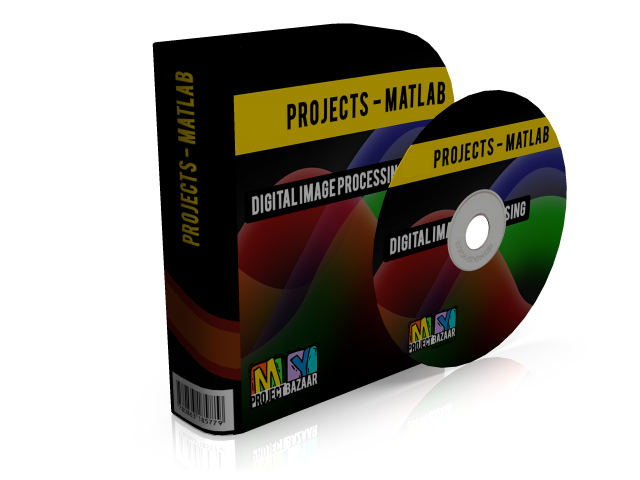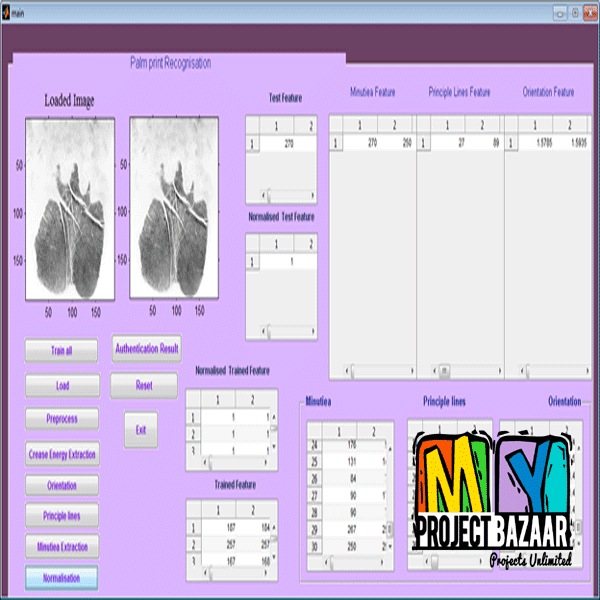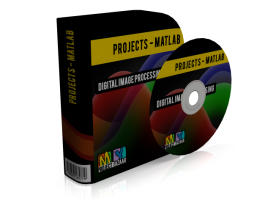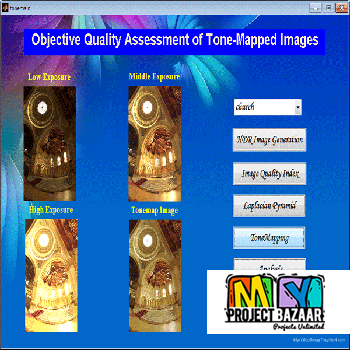
Multifeature-Based High-Resolution Palmprint Recognition
Product Description
Multifeature-Based High-Resolution Palmprint Recognition
Abstract-Multifeature-Based High-Resolution Palmprint Recognition. Palmprint is a promising biometric feature for use in access control and forensic applications. Previous research on palmprint recognition mainly concentrates on low-resolution (about 100 ppi) palmprints. But for high-security applications (e.g., forensic usage), high-resolution palmprints (500 ppi or higher) are required from which more useful information can be extracted. In this paper, we propose a novel recognition algorithm for high-resolution palmprint. The main contributions of the proposed algorithm include the following: 1) use of multiple features, namely, minutiae, density, orientation, and principal lines, for palmprint recognition to significantly improve the matching performance of the conventional algorithm. 2) Design of a quality-based and adaptive orientation field estimation algorithm which performs better than the existing algorithm in case of regions with a large number of creases. 3) Use of a novel fusion scheme for an identification application which performs better than conventional fusion methods, e.g., weighted sum rule, SVMs, or Neyman-Pearson rule. Besides, < Final Year Projects > we analyze the discriminative power of different feature combinations and find that density is very useful for palmprint recognition. Experimental results on the database containing 14,576 full palmprints show that the proposed algorithm has achieved a good performance. In the case of verification, the recognition system’s False Rejection Rate (FRR) is 16 percent, which is 17 percent lower than the best existing algorithm at a False Acceptance Rate (FAR) of 10-5, while in the identification experiment, the rank-1 live-scan partial palmprint recognition rate is improved from 82.0 to 91.7 percent.
Including Packages
Our Specialization
Support Service
Statistical Report

satisfied customers
3,589
Freelance projects
983
sales on Site
11,021
developers
175+Additional Information
| Domains | |
|---|---|
| Programming Language |
Would you like to submit yours?



















There are no reviews yet